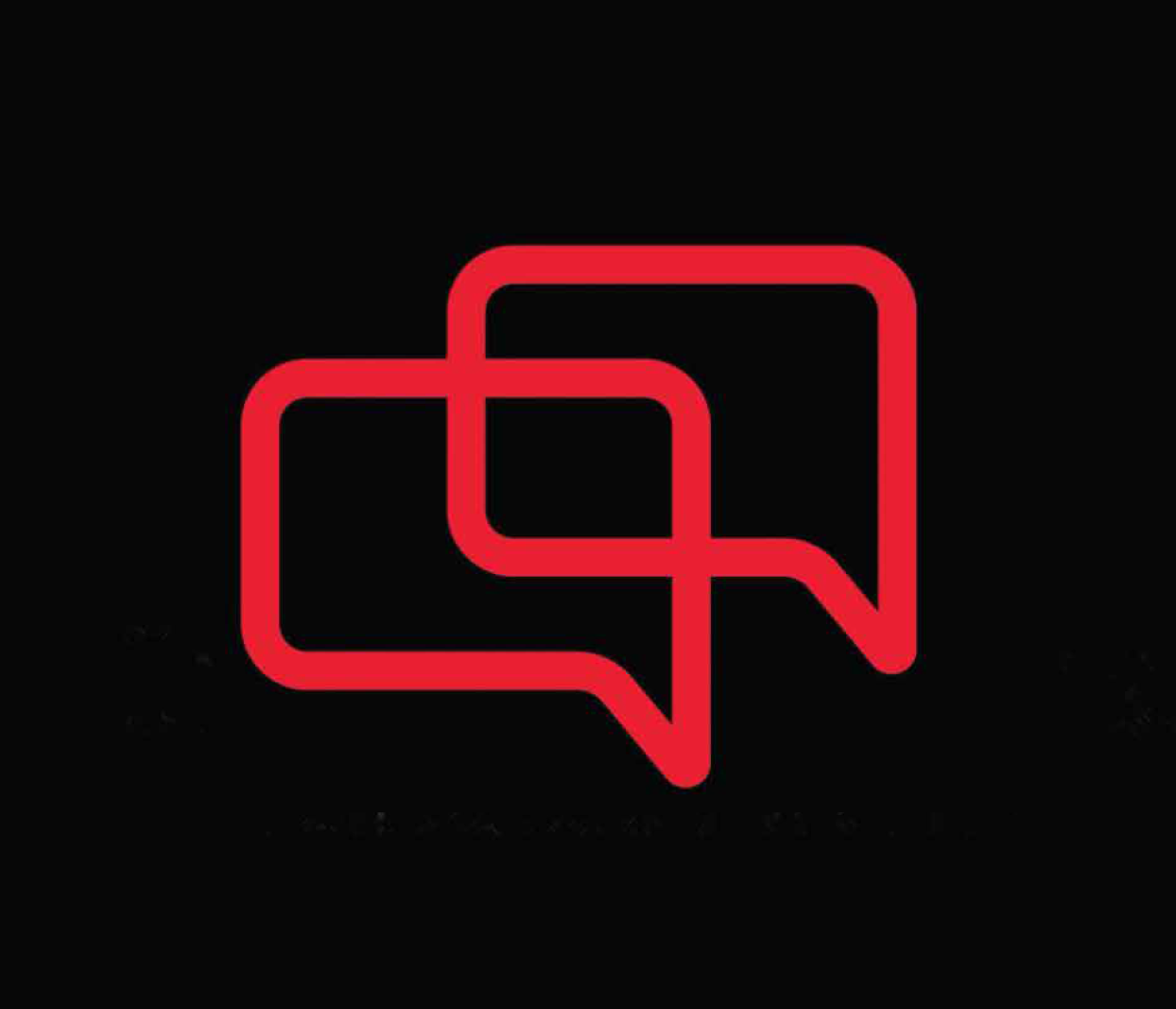How GTD Transforms Teamwork
I won’t name names… but… a few lucky people I work with regularly get emails from me that start like this:
“Hey there. I am just doing my weekly review and going over my @Waiting For list. Unless I have missed it, I haven’t received a response from you on Project Amazing. Can you take a look at the thread and respond? Thanks.”
Now, I am not saying this is the perfect approach to accountability, although I do think it is at least a fair example of Describing the Gap. I share it instead as an example of how the language of Getting Things Done® (GTD®) has changed the way we work here at VitalSmarts.
A new workflow
When I first started practicing GTD, I thought of it as a very individual endeavor. I was going to change the way I managed my inputs and enjoy greater productivity and less stress. After three years of both practicing GTD and being a part of an organization that practices GTD, I have realized GTD has given us a whole new language around workflow that has dramatically improved the way our teams work together. Let me give you a few examples of how GTD terminology impacts teams.
Next Action
I find that meetings or conversations often conclude with a decision. We have come together to discuss something, and we know we are done when we agree to a decision. But, with GTD, we have changed the way our meetings end by asking: “Okay, so now that we have decide to move forward with Project Revolutionize-Our-Business, what is the very next action and who actually has that action? And, do I have a next action here?” I am surprised at how often that question is met with uncertain glances. Nobody has really thought about the next action. The purpose of the meeting was to make a decision and once we made it, our brain shut off. But a decision without a plan is a like a car without an engine. It is not going to go anywhere. The language of Next Action helps our teams maintain momentum coming out of meetings.
@WAITING FOR
I love my @Waiting For list. Of all my lists, it is the one that most contributes to my piece of mind. While I know if I own something, I will get it done. But when I pass along something important to someone else, I worry like a mother hen. Will it get done? When will it get done? Will I know it got done? Etc.
Having a @Waiting For list gives me a place to put all those items I have delegated without letting them go. I know they are there, safe and sound, and I can check on them when I want. And I have appreciated using that language to check on them. I can start a 1:1 with my manager by saying, “I’d like to just check-in on the things I have for you on my @Waiting For list.” Because he knows and practices GTD, he knows what a @Waiting For list is. The shared language creates safety and shared purpose, making it easier to follow up without nagging.
Capture
Like Next Action, this is a great word for meetings. Toward the end of a discussion, someone on my team will invariably ask, “Has someone captured this?” If the answer is no, we are quick to pause and assign someone to capture and then share with the group. It has also become a helpful way to slow things down without appearing slow. During a 1:1 last week, one of my direct reports said, “Okay, I like that idea. Let me take just a moment to capture that.” Normally, we would have just cruised along in the conversation, relying on our memories by capturing after the meeting. But something very cool happened when he paused to capture in the moment. It slowed both of us down for a minute of reflection. In the middle of his capturing, he looked up and said, “You know, I actually have another thought on this.” I did too. Creating a pause for Capturing also created spaced for a quick reflection on and improvement of our idea.










